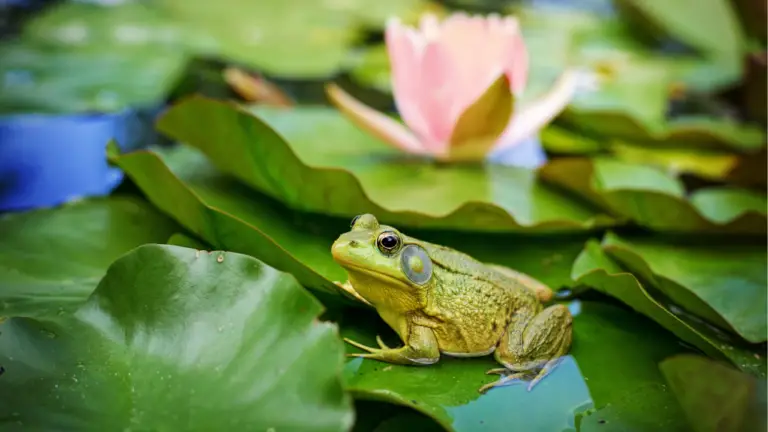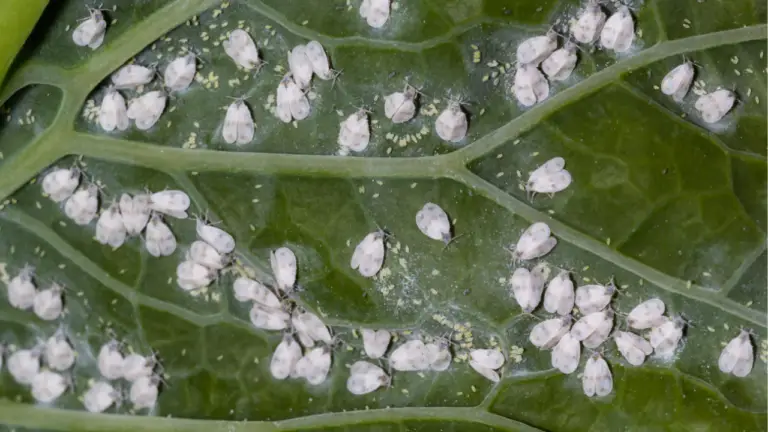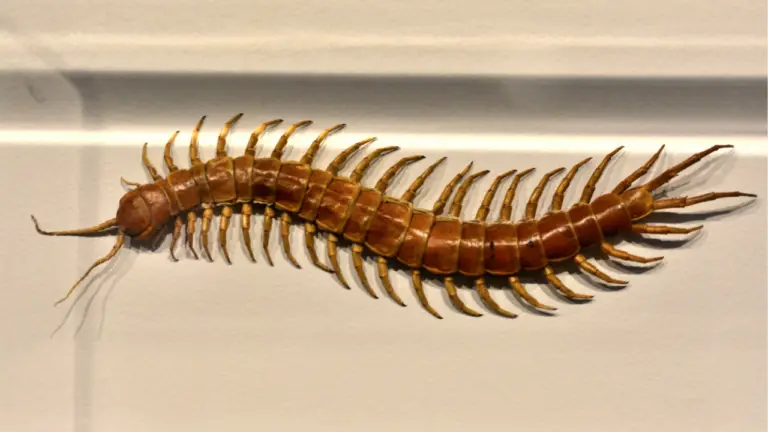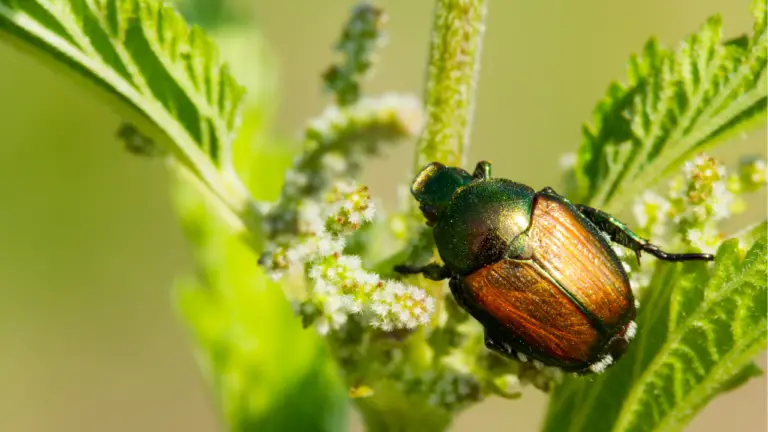10 Ways To Get Rid Of Millipede
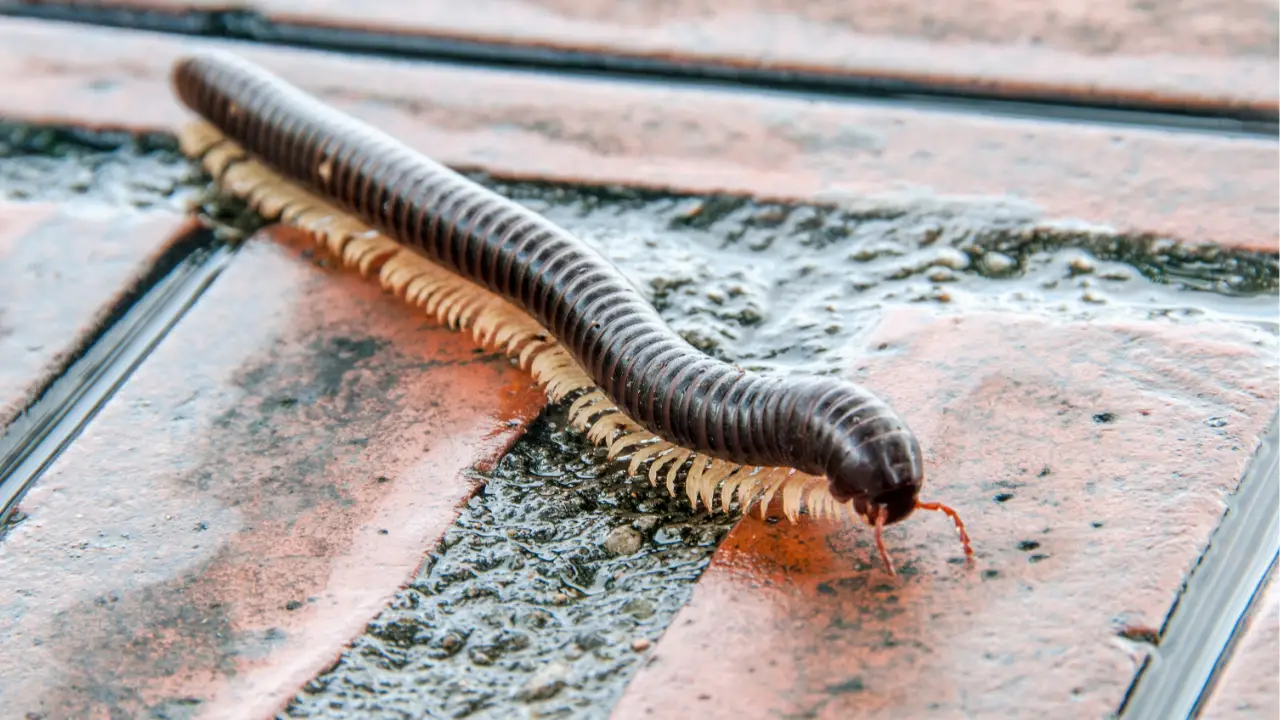
Millipedes, with their many legs and elongated bodies, are often unwelcome guests in homes and gardens. While they are generally harmless and can even be beneficial by breaking down decaying organic matter, their presence in large numbers can be a nuisance. Many people seek ways to repel millipedes naturally, avoiding the use of harsh chemicals that can harm the environment, pets, and humans. This article explores ten effective natural solutions to keep millipedes at bay, ensuring a millipede-free home and garden.
How To Get Rid Of Millipede?
1. Diatomaceous Earth
Diatomaceous earth (DE) is a natural powder made from fossilized remains of diatoms, a type of algae. It is an effective, non-toxic insect repellent that works by dehydrating millipedes and other pests.
Sprinkle diatomaceous earth around the perimeter of your home, garden, and any entry points where millipedes are likely to invade. The fine particles of DE are abrasive to millipedes, causing them to dehydrate and die. Reapply after heavy rain or watering, as moisture can diminish its effectiveness. This method not only repels millipedes but also helps control other pests like ants and fleas.
2. Essential Oils
Certain essential oils have natural insect-repellent properties. Oils such as tea tree, eucalyptus, and peppermint can deter millipedes effectively.
Mix a few drops of essential oil with water in a spray bottle and apply it around your home’s entry points, baseboards, and any areas where millipedes are commonly found. The strong scent of these oils is unpleasant to millipedes, keeping them away. Additionally, you can soak cotton balls in essential oils and place them strategically around your home for a longer-lasting effect.
3. Citrus Peels
Citrus peels are a simple and effective natural repellent. Millipedes dislike the smell of citrus fruits such as lemons, oranges, and grapefruits.
Scatter citrus peels around areas where you frequently see millipedes. The strong citrus scent will repel them, preventing them from entering your home. Replace the peels every few days to maintain their effectiveness. Besides repelling millipedes, citrus peels can also add a pleasant fragrance to your home.
4. Cedarwood
Cedarwood is known for its insect-repelling properties. Cedar chippings or essential oil can be used to keep millipedes at bay.
Place cedar chippings around your garden, especially in areas where millipedes are prevalent. Alternatively, spray cedarwood essential oil mixed with water around your home’s perimeter and entry points. The natural compounds in cedarwood are toxic to millipedes, making it an excellent repellent while adding a fresh, woody scent to your surroundings.
5. Garlic Spray
Garlic is another natural repellent that is effective against millipedes. Its strong smell and sulfur compounds are unpleasant to many pests.
Crush several garlic cloves and mix them with water to create a garlic spray. Apply this mixture around your home, garden, and any areas prone to millipede infestations. The strong odor of garlic will drive millipedes away, and it can also help repel other insects like mosquitoes and aphids.
6. Bay Leaves
Bay leaves have natural insect-repellent properties due to their strong aroma and essential oils. They are particularly effective in deterring millipedes.
Place bay leaves in areas where millipedes are commonly found, such as along baseboards, in corners, and near entry points. The scent of bay leaves will repel millipedes, preventing them from entering your home. Replace the leaves regularly to ensure their effectiveness. Bay leaves can also be used in sachets and placed in closets and drawers to keep other pests away.
7. Cucumber Slices
Cucumbers contain compounds that are naturally repellent to millipedes. Fresh cucumber slices can be an effective and simple solution.
Place cucumber slices around areas where you frequently see millipedes, such as garden beds, patios, and entryways. The scent and compounds released by the cucumber will deter millipedes, keeping them from entering your home. Replace the slices every few days to maintain their effectiveness. This method is safe and non-toxic, making it ideal for homes with pets and children.
8. Neem Oil
Neem oil, derived from the neem tree, is a natural insecticide and repellent that is effective against a wide range of pests, including millipedes.
Mix neem oil with water and spray it around your home’s entry points, baseboards, and garden areas. The compounds in neem oil disrupt the feeding and reproductive processes of millipedes, effectively repelling them. Neem oil is safe for use around pets and humans, and it also helps control other garden pests like aphids and spider mites.
9. Salt Barrier
Creating a salt barrier can effectively repel millipedes. Salt dehydrates millipedes, making it an effective natural deterrent.
Sprinkle a line of salt around the perimeter of your home and any entry points where millipedes might enter. The salt will create an inhospitable environment for millipedes, preventing them from crossing the barrier. Be cautious when using salt in garden areas, as excessive salt can harm plants and soil health.
10. Lavender
Lavender, known for its pleasant fragrance, is also an effective natural repellent against millipedes. Its strong scent deters many types of insects.
Plant lavender around your garden or use dried lavender sachets inside your home. You can also use lavender essential oil mixed with water to spray around entry points and baseboards. The soothing aroma of lavender will keep millipedes at bay while adding a pleasant scent to your home. Lavender is also effective in repelling other pests like moths and mosquitoes.
By incorporating these natural solutions, you can effectively repel millipedes without resorting to harmful chemicals. These methods are not only safe and eco-friendly but also provide additional benefits such as pleasant aromas and pest control for other insects.

